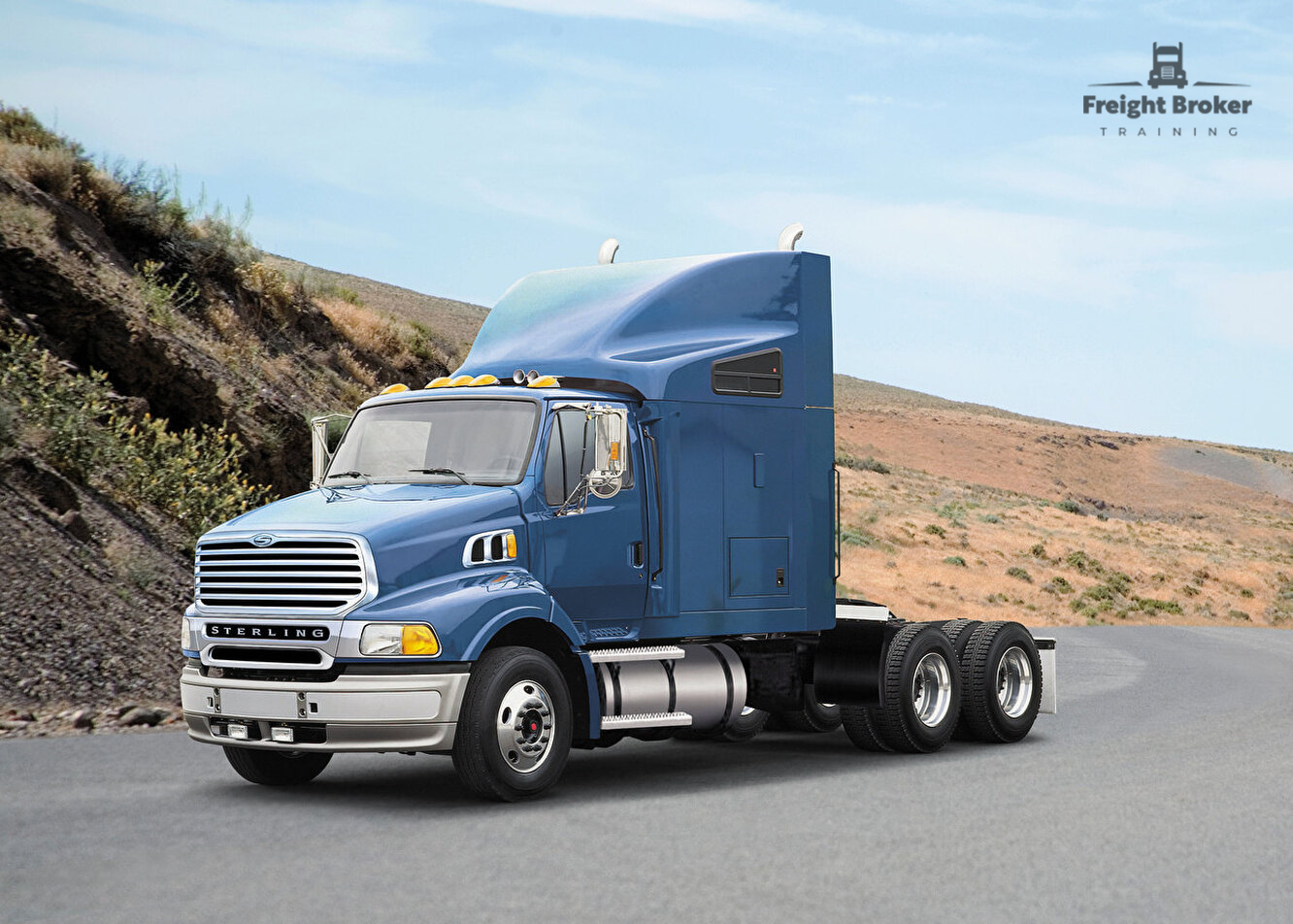Delivery of goods is a complex and time-consuming process. It is easier when a company hires transport to send a large batch of goods. It does not take very long to load and send it. But not even big companies can always send a large amount of cargo. In such cases, logistics companies form LTL (less-than-load) cargoes. Delivery of such goods causes many difficulties. Such work can be done only by qualified LTL freight brokers.
What is a consolidated cargo
If the company’s cargo is not enough to fill the vehicle, the logistics company will not undertake to deliver it without the full cost. The customer will have to pay for a full trawl or wait until the transport is filled with passing cargo. The sender is not satisfied with both options:
- In the first case, he will have to pay partially for the air.
- In the second case, the sender will have to wait for delivery indefinitely.
Of the two evils, the customer is more likely to choose the second, because he will not want to pay extra money. It is more profitable for him to wait: the delivery of small consignments will be paid by other participants in the consolidated cargo.
Advantages and disadvantages
Groupage transportation is beneficial to several categories of customers:
- start-up retail enterprises send small batches to determine the demand for groups of goods;
- medium-sized businesses optimize working capital;
- large enterprises offer product samples in order to find new markets.
Prefabricated goods must not include products with a limited guarantee of safety, metal and fragile items, clothing and liquids.
Paperwork and customs procedures greatly complicate the work on the delivery of groupage cargoes. Only an experienced specialist can cope. For this reason, finding a qualified LTL freight broker is not an easy task.
How to choose a LTL freight broker
A logistic specialist for the delivery of consolidated cargo is chosen according to several criteria. Here are the main ones:
- cost of logistics services;
- willingness to notify the client about the location of the cargo;
- reliability in terms of fulfilling obligations;
- the ability to transport goods safely in a short time.
Stages of transportation
In fact, the process of delivery of assembly and general cargoes differ little. There are differences at the beginning and the end of the journey. The delivery process includes:

- Taking orders to form the cargo.
- Consolidation of goods in the warehouse. It is not profitable for the manufacturer to pay transportation costs if they are not included in the price of the goods.
- Packing, marking and scanning of goods in the warehouse.
- Distribution of parties by directions.
- Route selection.
- Preparation of accompanying documents.
- Customs procedures.
The final point is the delivery of the goods to the place of temporary storage or to the consignee. There are options here. The cargo owner can:
- unload the goods in a temporary storage warehouse;
- pick up the cargo immediately after passing the customs inspection;
- take the cargo from the warehouse.
Registration of cargo at customs
This procedure of inspecting of assembly cargo is particularly difficult. Declarations must be issued to all consignees separately. The customs are not satisfied with the general descriptions of the goods. Errors in the documents can lead to a delay in the goods or a fine. That’s why a qualified LTL freight broker is very important.
